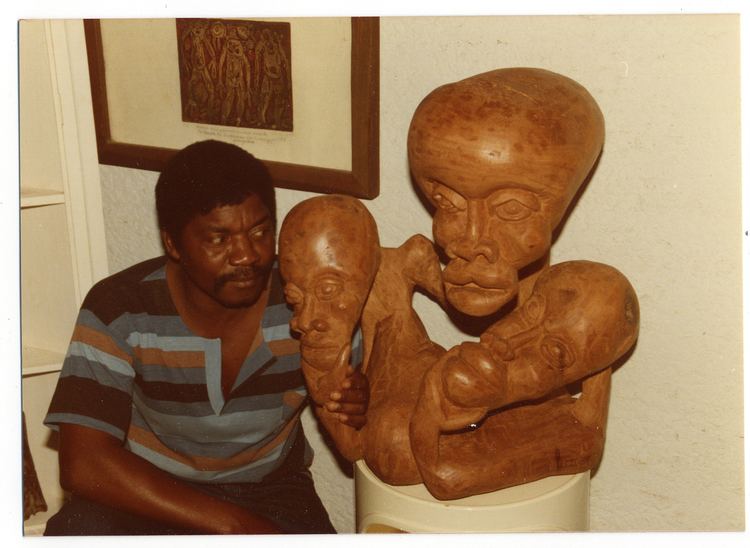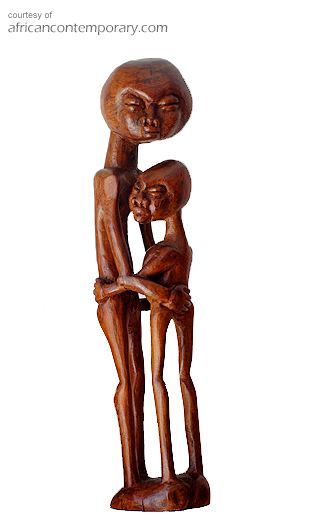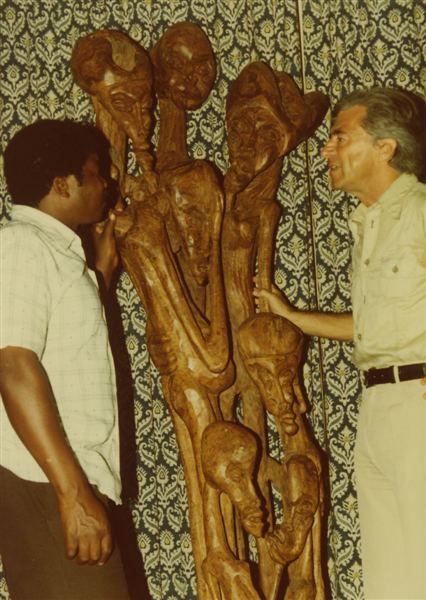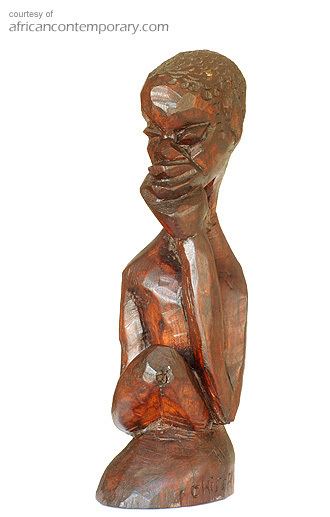Nationality Mozambican Role Artist | Name Alberto Chissano Known for Sculpture | |
 | ||
Mr bow nitafa na wena alberto chissano marilia telma bodas de prata
Alberto Mabungulane Chissano (25 January 1935 – 19 February 1994) was a Mozambican sculptor best known for his work using indigenous woods, and sculptures in rock, stone and iron. He is considered to be one of Mozambique's most important and influential artists, together with the painter Malangatana Ngwenya.
Contents
- Mr bow nitafa na wena alberto chissano marilia telma bodas de prata
- Conversation of the world joaquim alberto chissano e boaventura de sousa santos parte 1
- Life and art
- Selected exhibitions
- Art galleries featuring Chissanos work
- References
Conversation of the world joaquim alberto chissano e boaventura de sousa santos parte 1
Life and art

Alberto Chissano was born in Manjacaze, Gaza, in the south of Portuguese Mozambique. Like other boys in the countryside, Chissano spent his early life looking after goats. He had limited schooling; his studies were hindered by his expulsion from his mission school for dancing the traditional dance Ngalanga. He was strongly influenced by his maternal grandmother, who taught him rites and traditions such as how to divine through the use of ossicles and snail shells, as well as traditional herbal medicine.

At the age of 12, he felt that Manjacaze was too limited an area for his aspirations, so he left for the capital, Lourenço Marques. In the capital, he found being a domestic worker unsatisfactory. He left to work in the gold mines of South Africa at the age of 18.

When he returned to Mozambique in 1956, he had to do his mandatory military service in the colonial Portuguese armed forces. He obtained a position as a servant at the art centre Associação Núcleo de Arte in the capital, and later trained in taxidermy at Museu Álvaro de Castro (now Museum of Natural History). There he was introduced to sculpting by the taxidermist Augusto Cabral. Later he returned to Núcleo de Arte, where he was inspired by the artistic environment and supported by more experienced artists. He began sculpting in his late twenties and had his first exhibition in Lourenço Marques in 1964. In subsequent years, his sculptures appeared in several exhibitions in the United States, Europe, and Africa.

Chissano was a pioneer for a generation of sculptors in the 1970s, a decade that spanned the last years of the colonial period and the beginning of Mozambican independence. He became the most famous and influential sculptor in Mozambique. His sculptures tell a lot about the history of Mozambique, the people, struggle, starvation, and suffering, but also joy and pride.

Chissano turned his family home in Matola into a museum and gallery, Museu Galeria Chissano. The museum exhibits many of Alberto Chissano's own sculptures as well as many paintings by Malangatana and other artists. In addition to being a museum, it is a centre for exhibitions, concerts, and other cultural events.

In 1982, he was awarded the Nachingwea Medal, a medal presented by the government of Mozambique in recognition of '’extraordinary merit'’. (The medal is named after FRELIMO's main camp in Tanzania during the Mozambican War of Independence).

Alberto Chissano died at 59, on 19 February 1994, in Matola.
Selected exhibitions

